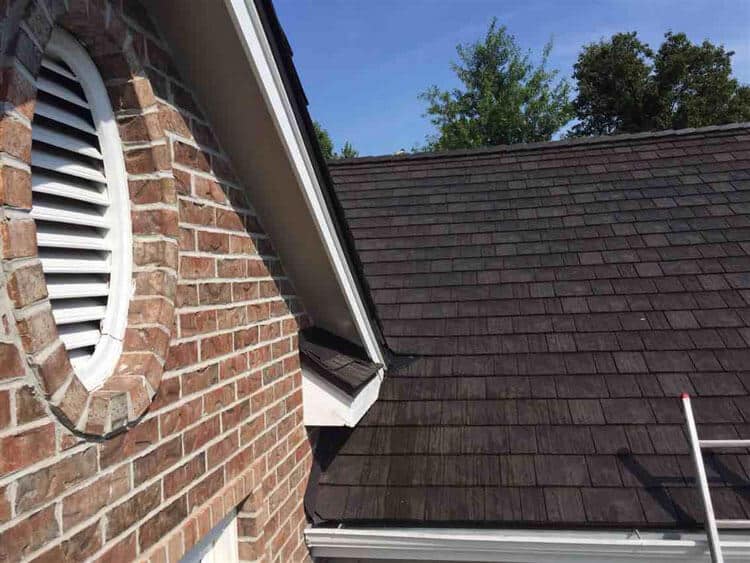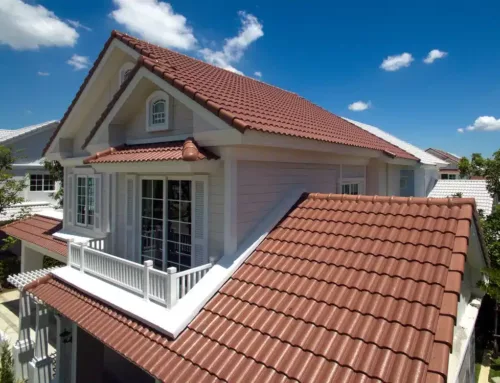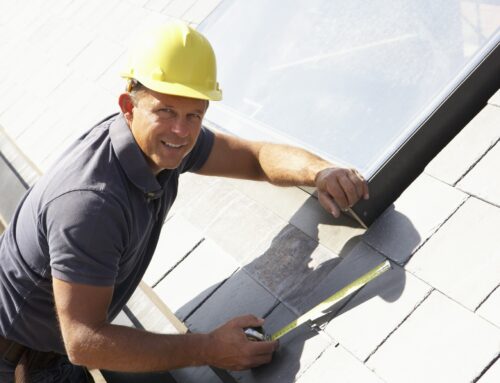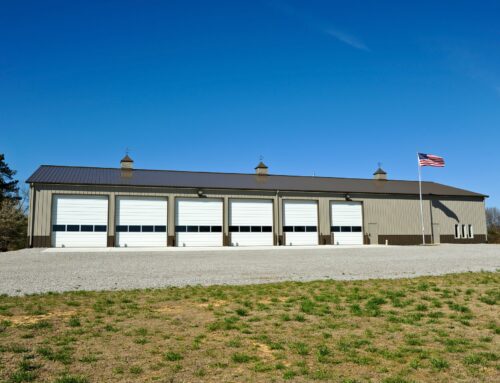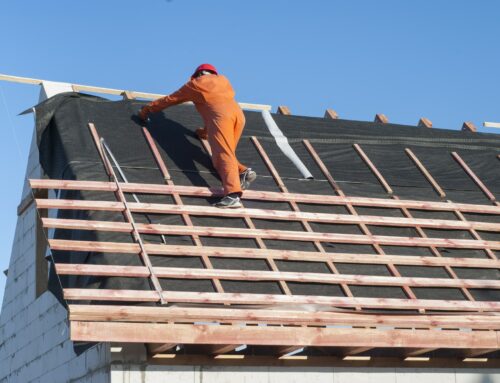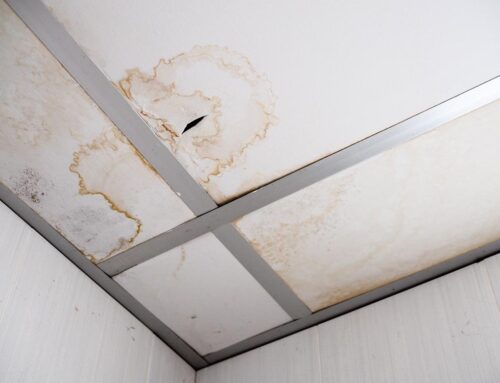If you own a home, a question that you have to consider from time to time is whether or not your roof needs to be repaired, or if you need a new roof. After all, without your roof, you will only have walls and a foundation that is completely exposed to all types of environmental elements and inclement weather.
The good news is that with regular inspections, by a professional or on your own, you will be able to ensure that your roof is in great condition, able to protect you, your family and your home.
One of the key ways to keep your roof in good repair is to schedule regular inspections. When you do this, you will need to be aware of certain issues that may be present. Knowing what to look for is essential if you want to find an issue before it becomes worse or more challenging to repair.
What to Look for During an Interior Roof Inspection
Prior to heading outside to take a look at the surface of the roof, you need to get underneath it. Access the attic to see if there are signs of something wrong or that needs to be repaired there. Things to look for while you are in the attic include:
- The ability to see light from outside. This is the easiest problem to discover, even if you have no flashlight. If there is any light coming in from outside, it is a problem that needs to be addressed right away. This is because if there is light coming through, moisture is also coming through.
- Areas of the roof that appear to sag is an indication of a structural problem. In most cases, something is not as supportive as it needs to be, which can be caused by external pressure or moisture damage.
- Trails or dark spots indicate that there is moisture that is penetrating into your roof at some point and likely making the perfect environment for mold growth. This moisture will eventually create a number of serious issues.
- Water damage or leaks mean that it is time to call on a repair service.
What to Look for During an Exterior Roofing Inspection
Once you have inspected the interior of the roof, it is time to move outside. Problems to look for when you evaluate the exterior of your roof includes the following:
- Clear signs of damage such as warped, cracked or split shingles and missing granules. When you can spot the damage, this is a clear sign you need repairs or replacement.
- Signs of moisture, such as mold or other problems, can cause a huge amount of damage outside. It will allow the moisture to go beneath a shingle, rather than flowing down, making it ideal for water storage.
- Signs of wear, which will likely be around your chimneys or other openings in your roof. These are weak areas that are much more prone to damage in the future.
When you know what to look for, you can be sure to solve the issue before it becomes more extensive and expensive.


